Croatia. Lejos.
The Road to Ston
The bus rumbled northwest along the Dalmatian coast. Though completely sleep-deprived, I forced my eyes open to catch glimpses of the Adriatic Sea. We passed Trsteno, a small fishing village notable only for two enormous old trees that shaded locals gathered beneath them.
Then came Ston. Its name was no coincidence. As I began to nod off, I suddenly saw a massive wall stretching into the mountains, so vast I couldn’t see its end. It felt as if we were speeding past the Taj Mahal or the Great Pyramids without stopping. Looking around, I expected others to be as astonished as I was—yet most were dozing, already thinking ahead to Korčula.
A quick dive into the guidebook revealed the truth. These were the famed walls of Ston, known as the “Great Wall of Europe.” Centuries ago, Dubrovnik derived much of its wealth from this small town. Unlike the Great Wall of China or Hadrian’s Wall, built to keep out northern invaders, Ston’s walls had a different purpose: to guard the salt. The Pelješac Peninsula’s saltworks generated immense wealth for the Republic of Dubrovnik. And as the bus rolled on, the salt fields—still in use today—flashed by the window.
Across the Peninsula
The bus pressed north, climbing the steep interior mountains of Pelješac. Finally, it turned west, winding higher and higher until we reached a mountain pass. Suddenly the Adriatic opened before us in a dazzling panorama. Once again, I looked around to share the moment—only to find my fellow passengers fast asleep. My “sleep when you’re dead” mentality didn’t seem to resonate with them.
The bus finally pulled into Orebić, where we waited to board the ferry that would take us to our destination: the island of Korčula.
Arrival in Korčula
We stumbled off the ferry into Korčula village, immediately greeted by a woman whose sister at the Dubrovnik bus station had promised us a room. Half expecting it to be a scam, I was surprised to find her waiting. She led us to an apartment, and since we didn’t get the “we’re about to be murdered” vibe, we decided to stay.
After settling in, we set out to explore before sunset. Korčula proudly claims to be the birthplace of Marco Polo, and the town makes sure no visitor forgets it: a Marco Polo souvenir shop, a Marco Polo church, a Marco’s spaghetti restaurant, all along the Avenue of Marco Polo.
The town itself is tiny—walkable end to end in ten minutes. By evening, shopkeepers closed up, and the streets grew quiet. Jenn and I found a seaside restaurant serving fish and pizza—perfect. A bottle of Croatian white wine, hot pizza, fresh seafood, and a view of the Adriatic: the stuff of dreams.
Island Life
The next day we rented bikes and circled the island. Here a beach, there a winery—every turn revealed something new. Korčula was everything I had hoped it would be: serene, silent, and just far enough from the mainland to escape the modern rush.
The only hint of bustle came from the sailboats that moored in the harbor each night, flying flags from Barbados, the Virgin Islands, the UK, and the USA. We weren’t the only visitors, but it never felt crowded. Our time there was unspoiled by distraction—or even time itself.
To this day, Korčula lives in my dreams as only a faraway place can.
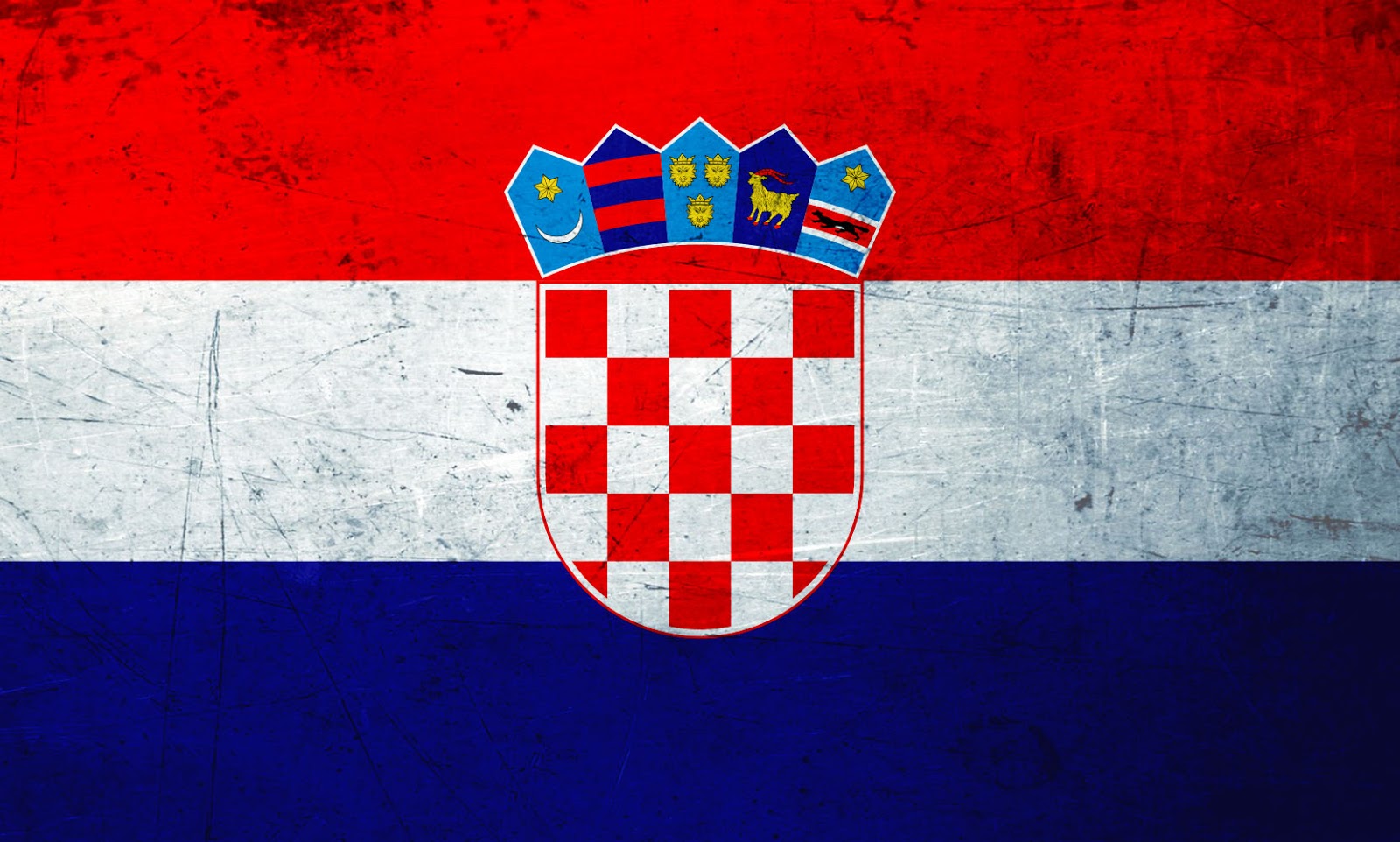
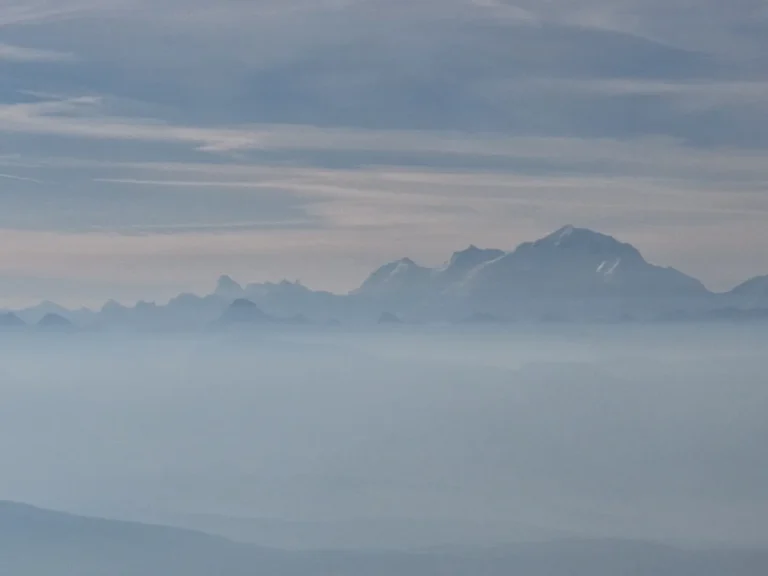
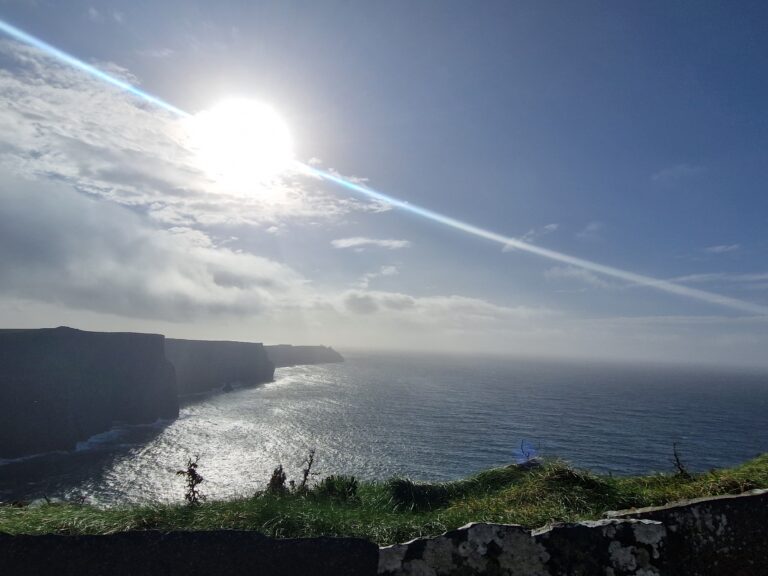
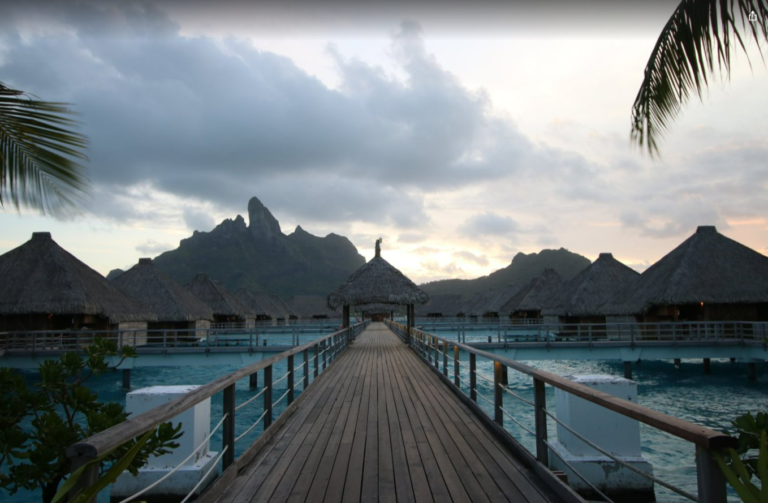
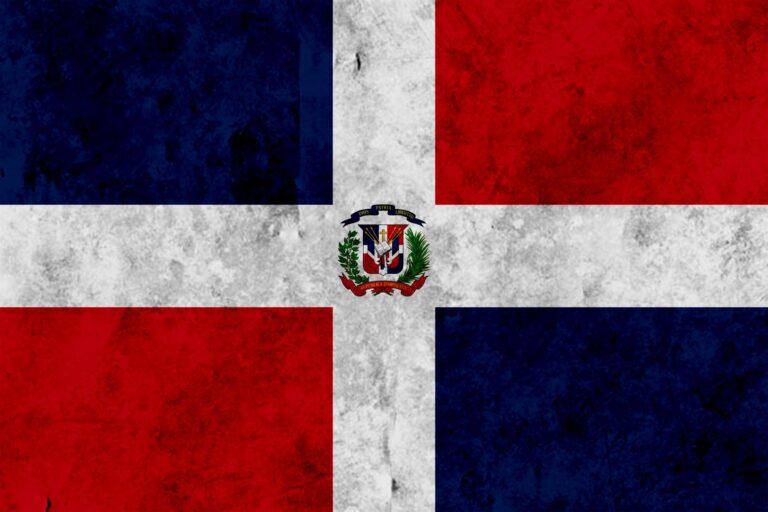



I admire this article for the well-researched content and excellent wording about Croatia tour. I got so involved in this material that I couldn’t stop reading. I am impressed with your work and skill. Thank you so much. Boat Rental In Trogir
Thank you for your kind words. Croatia is a beautiful country.
I am very thankful to you that you have shared this information with us. I got some different kind of knowledge from your web page, and it is really helpful for everyone. Thanks for share it. niagra falls helicopter ride